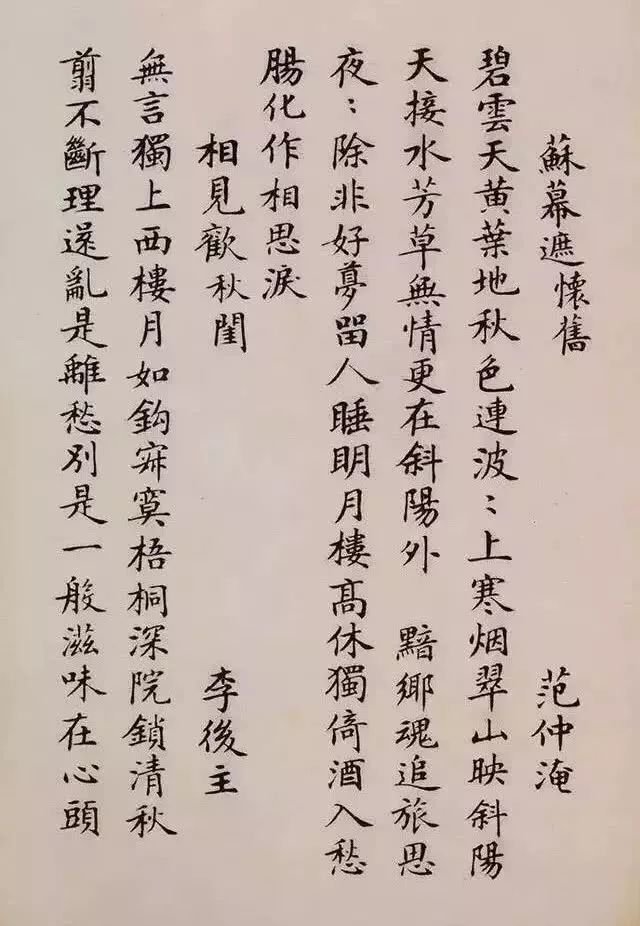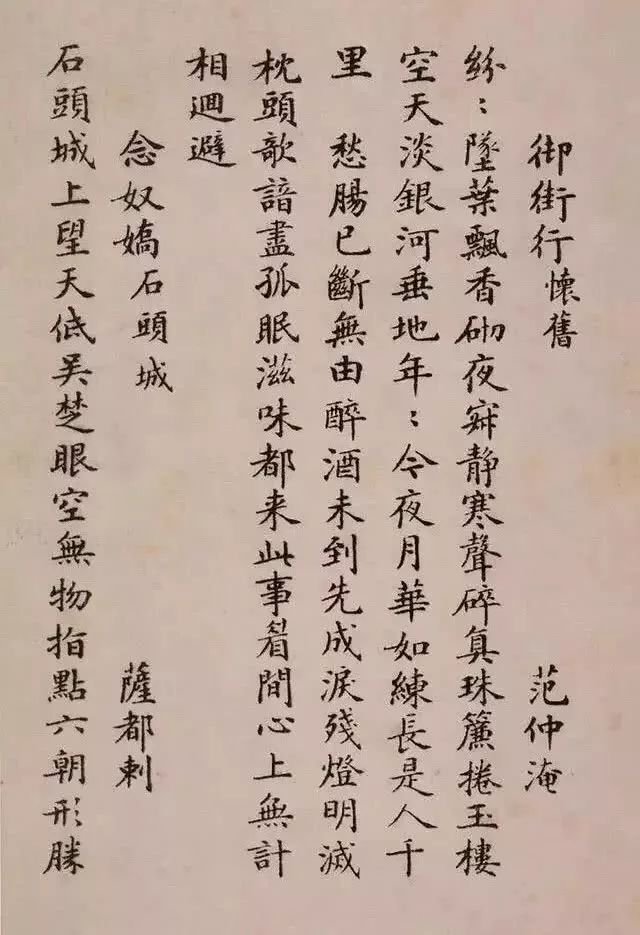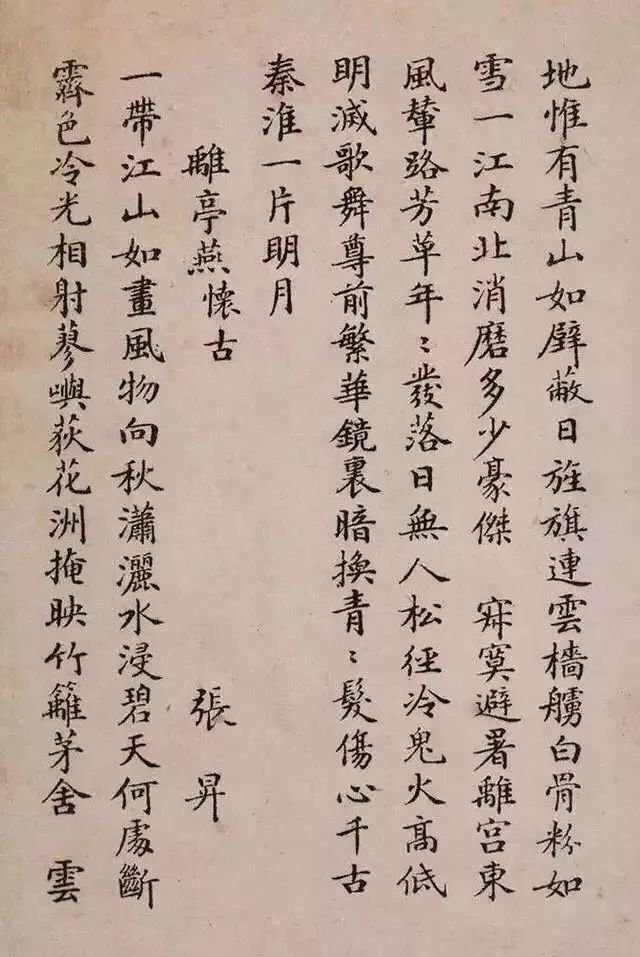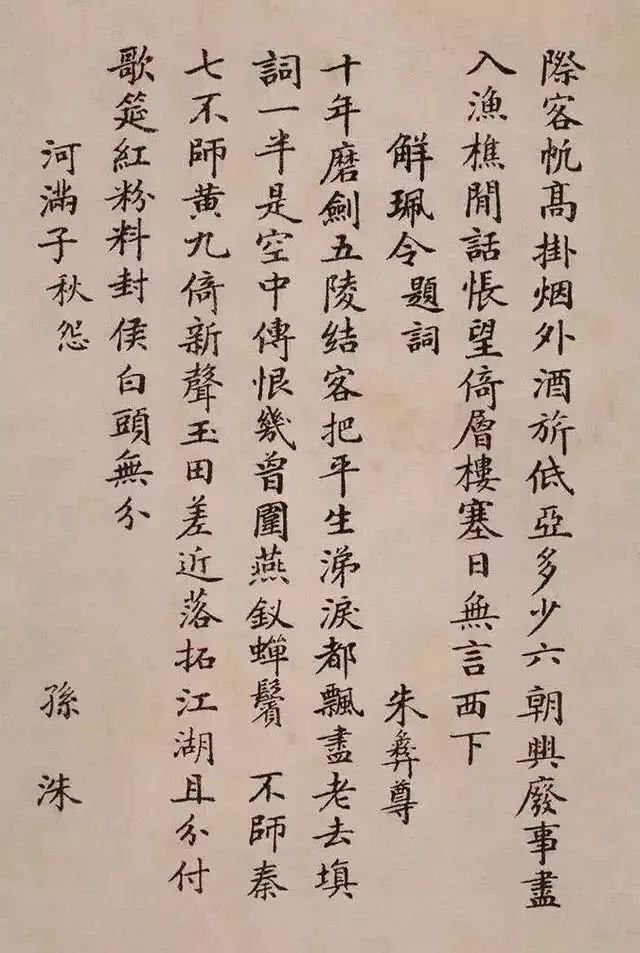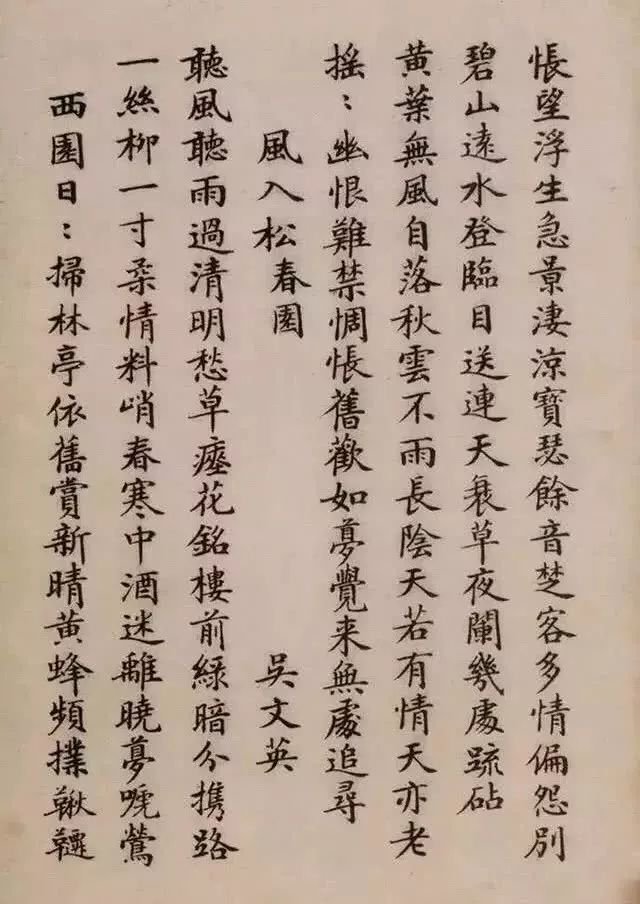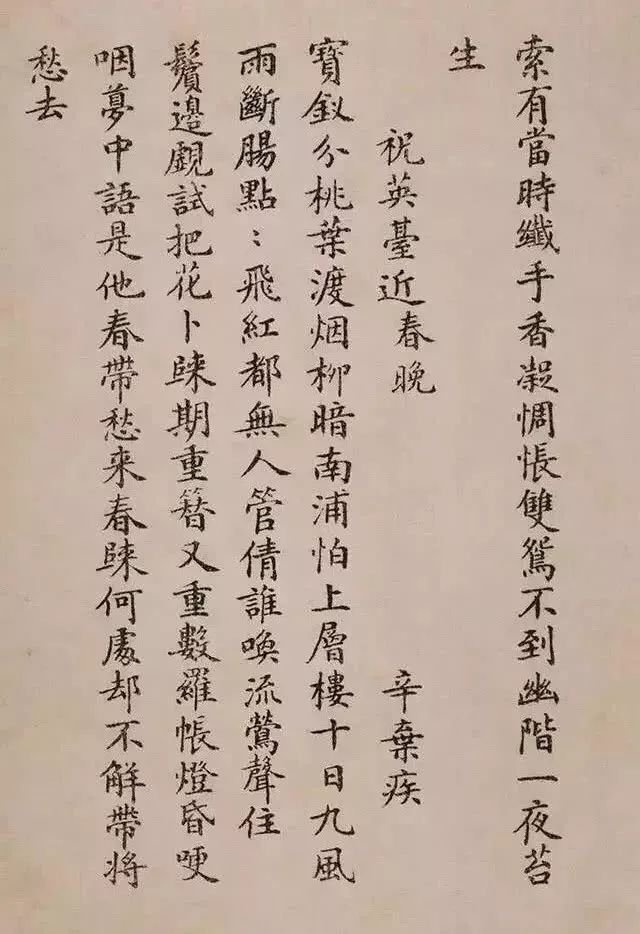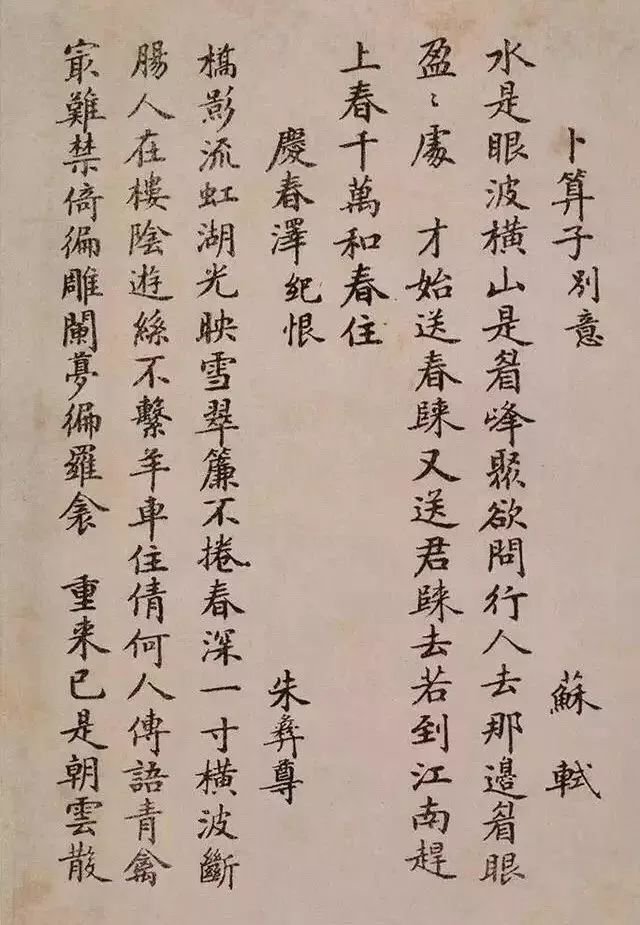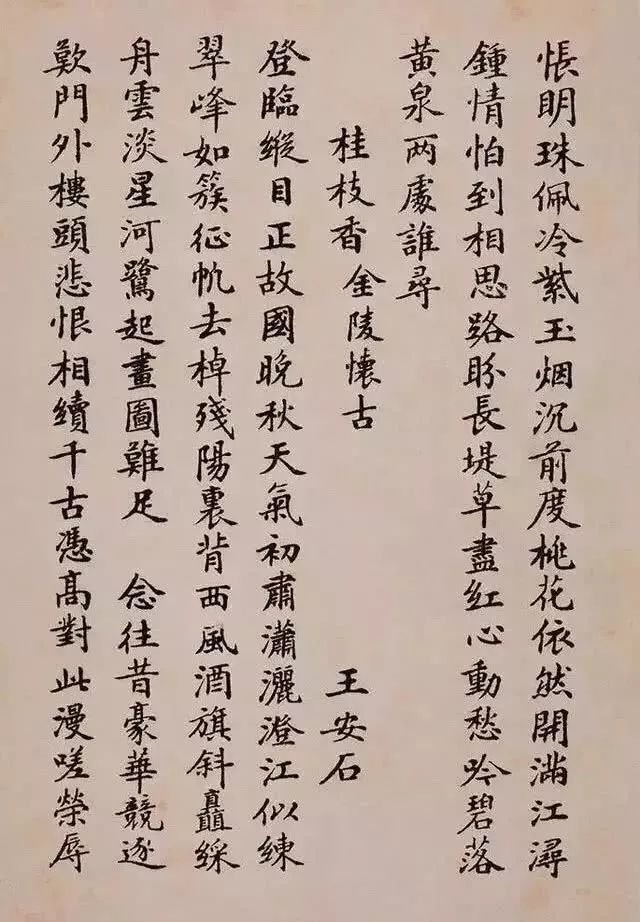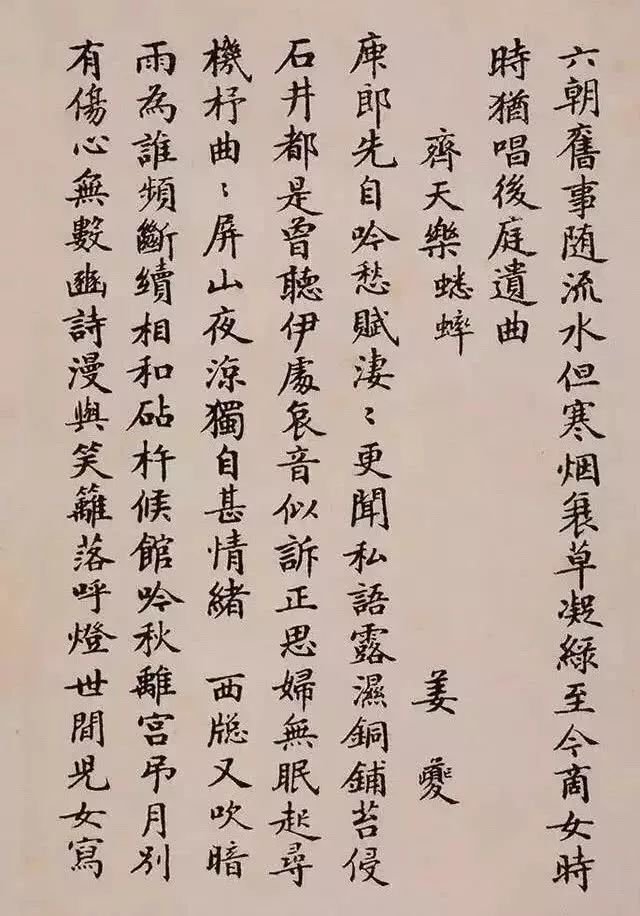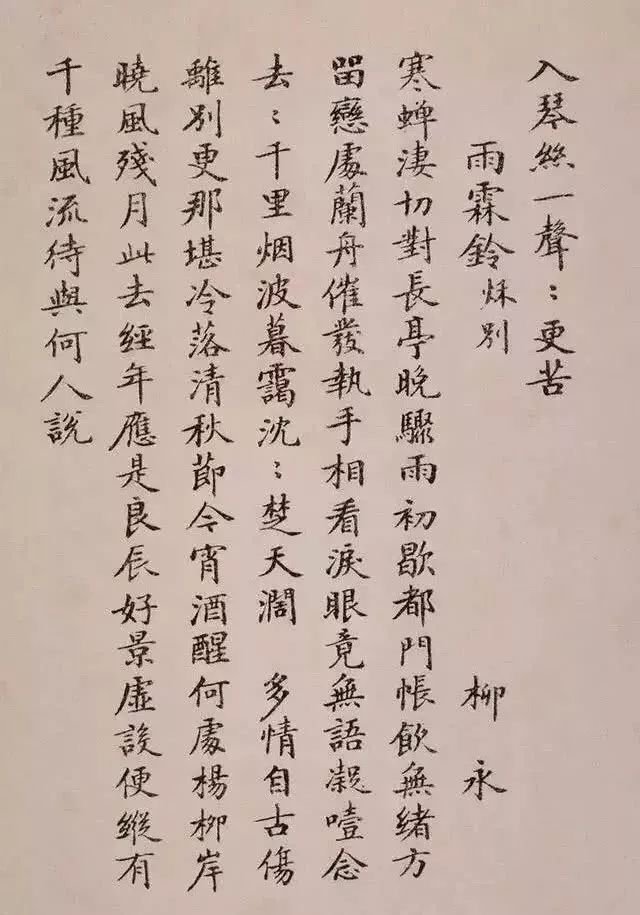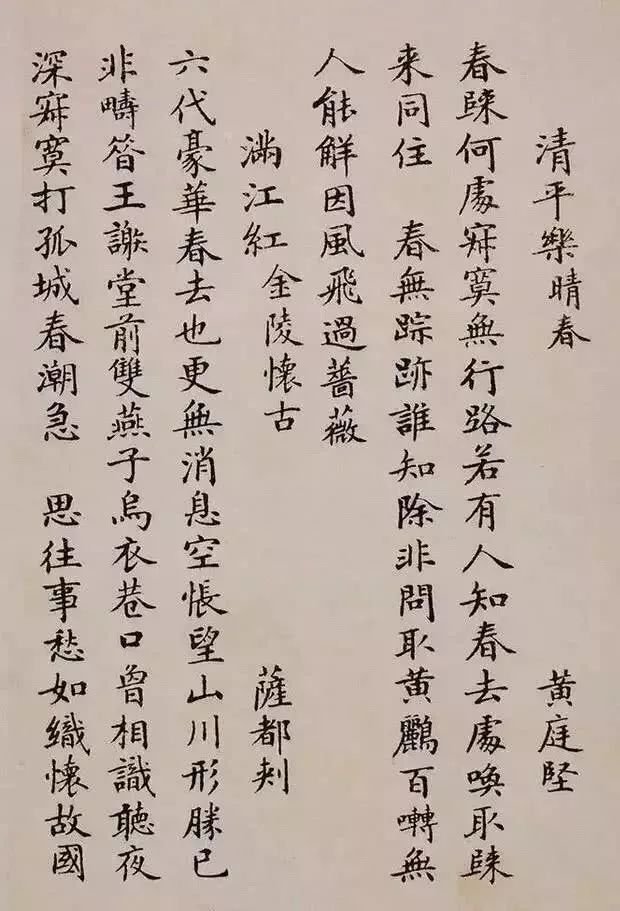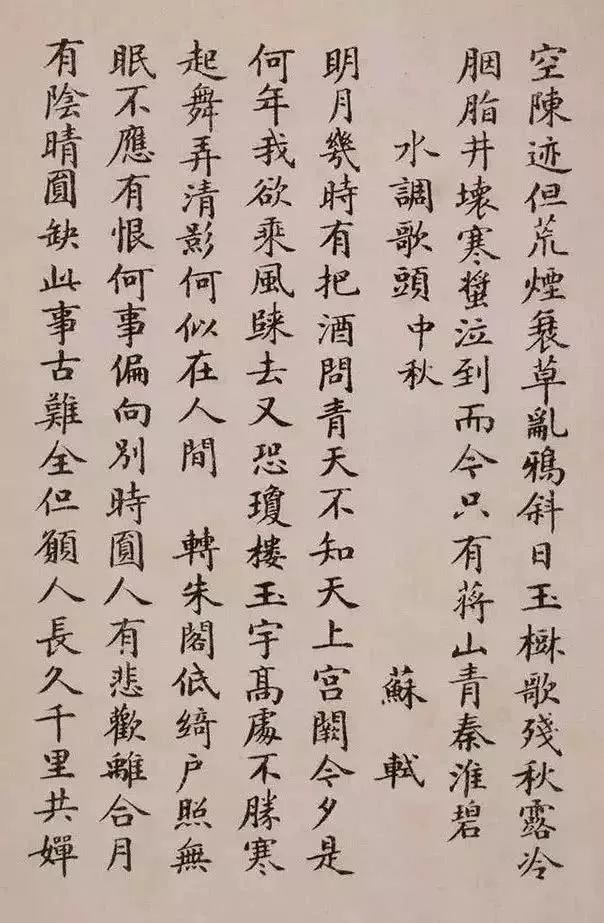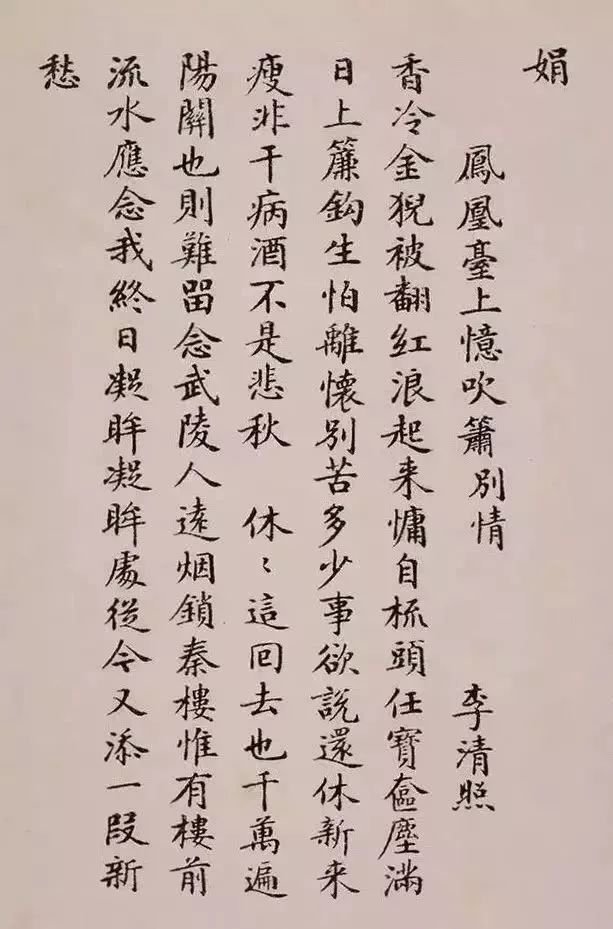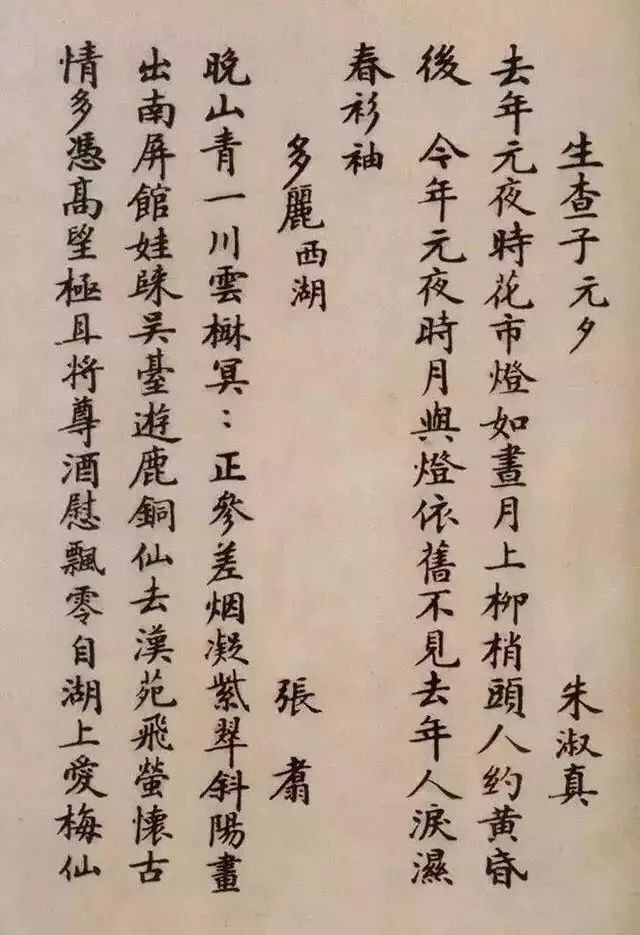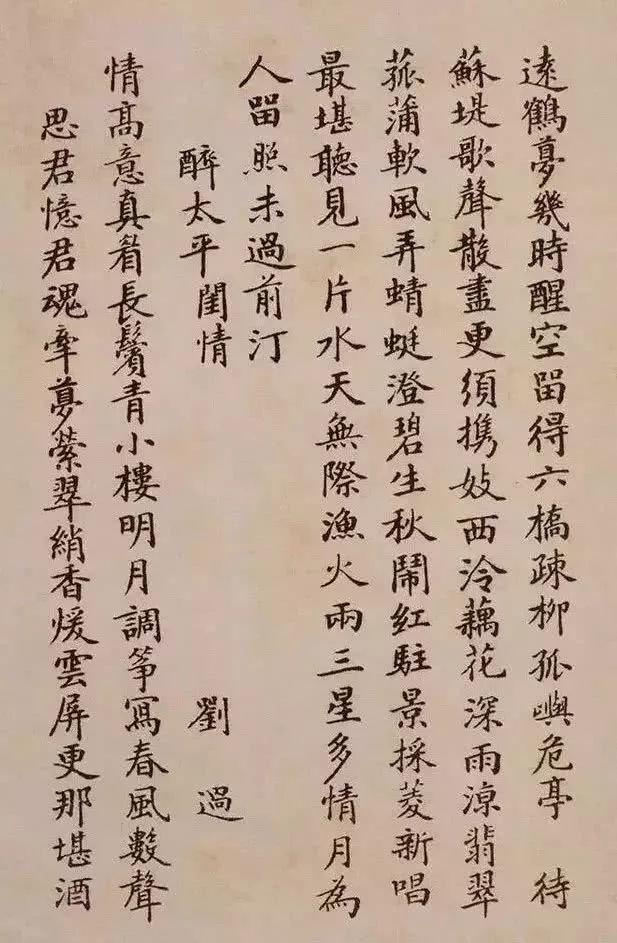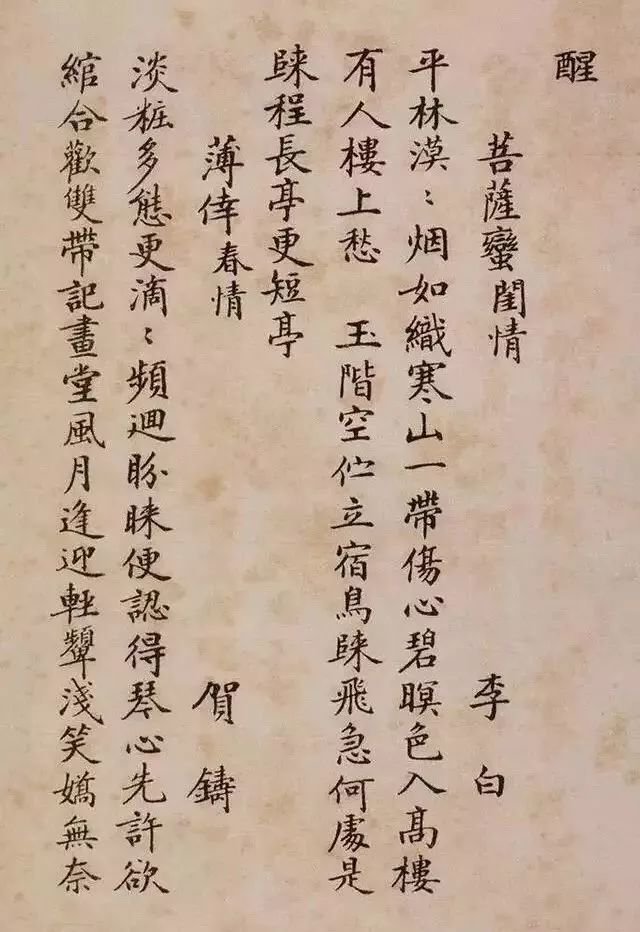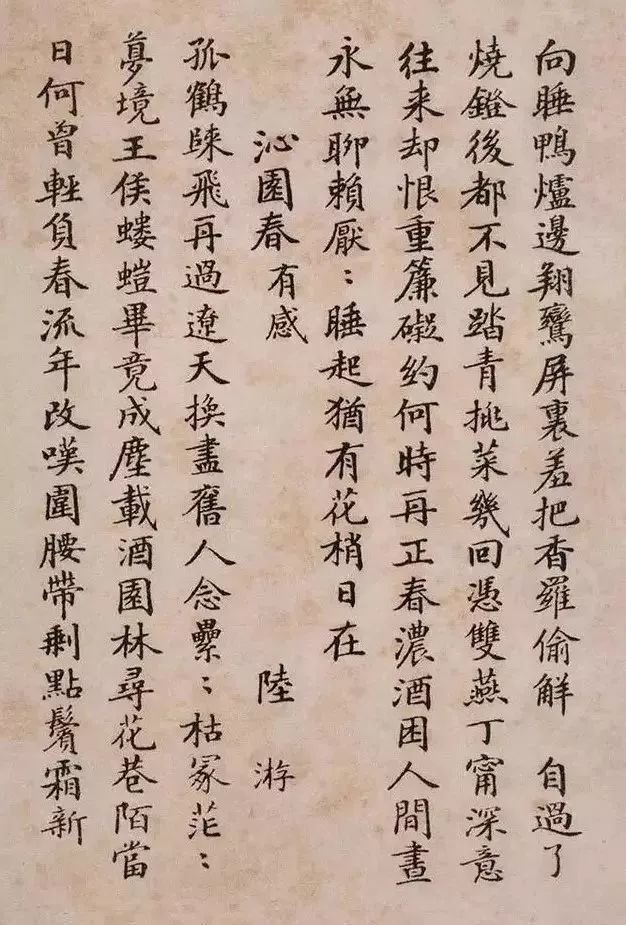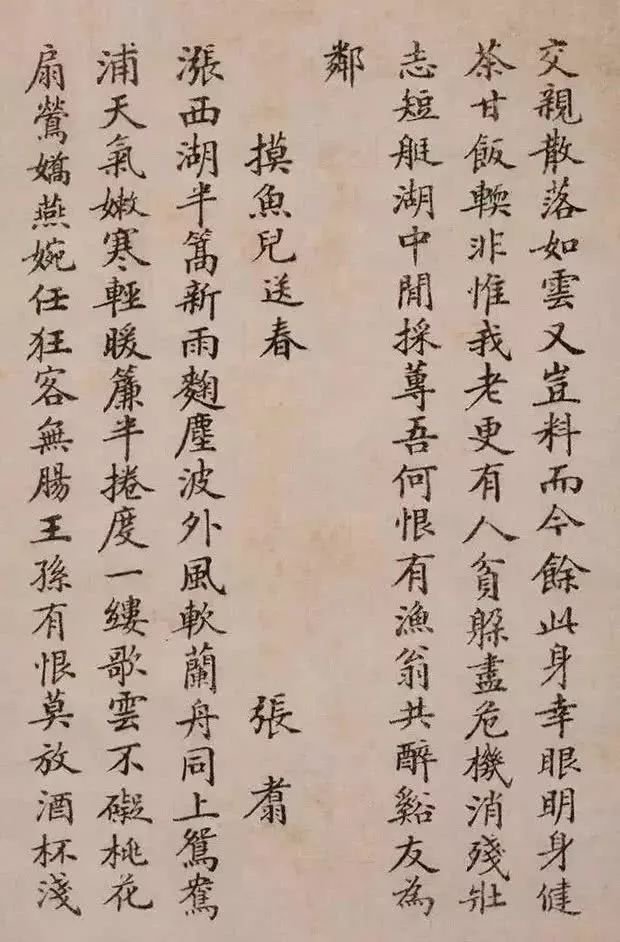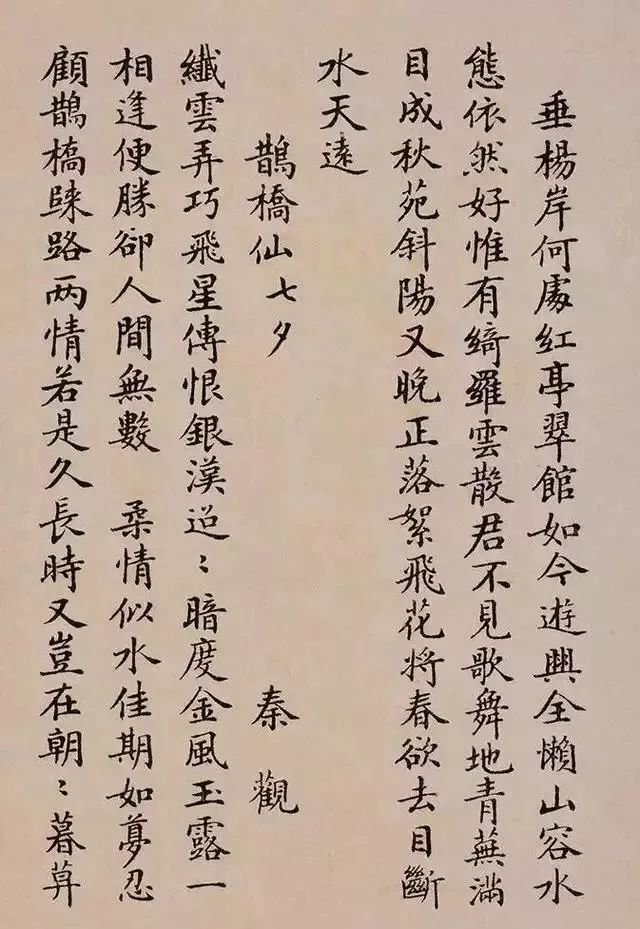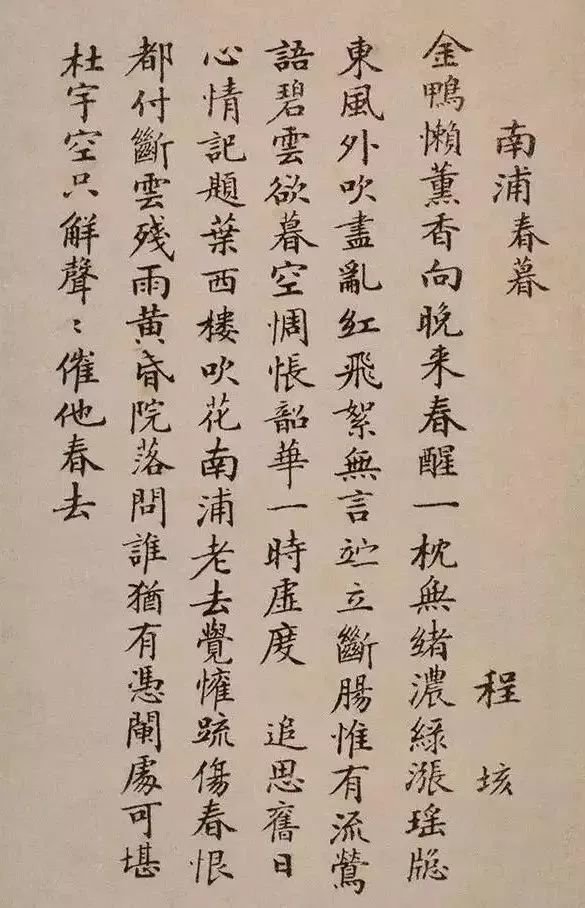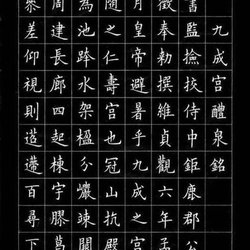In 1938, even though the country was in the midst of the Anti-Japanese War, the Ministry of Education of the Republic of China still issued a telegram requesting local education departments to vigorously promote calligraphy and require calligraphy to be included in primary and secondary school classrooms——
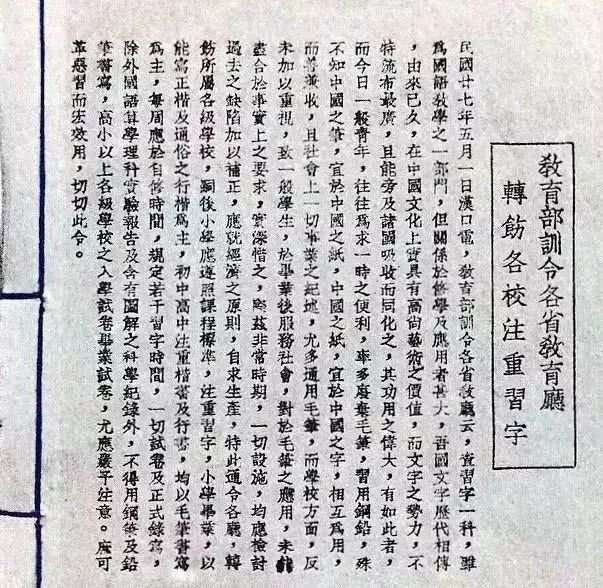
This is an urgent message, talking about the importance of calligraphy to the Chinese people, the crisis that calligraphy is facing at the moment, and how to promote the study of calligraphy.
Under the "Qingqie Order", a set of calligraphy copybooks for students was released. Among them are historical famous writers such as Yan Zhenqing's "Duobao Pagoda", but more modern regular scripts such as Prince Cheng, Qian Nanyuan, Zhao Zhiqian, etc., and a small regular script The copybook was written by an employee of the Commercial Press at that time——
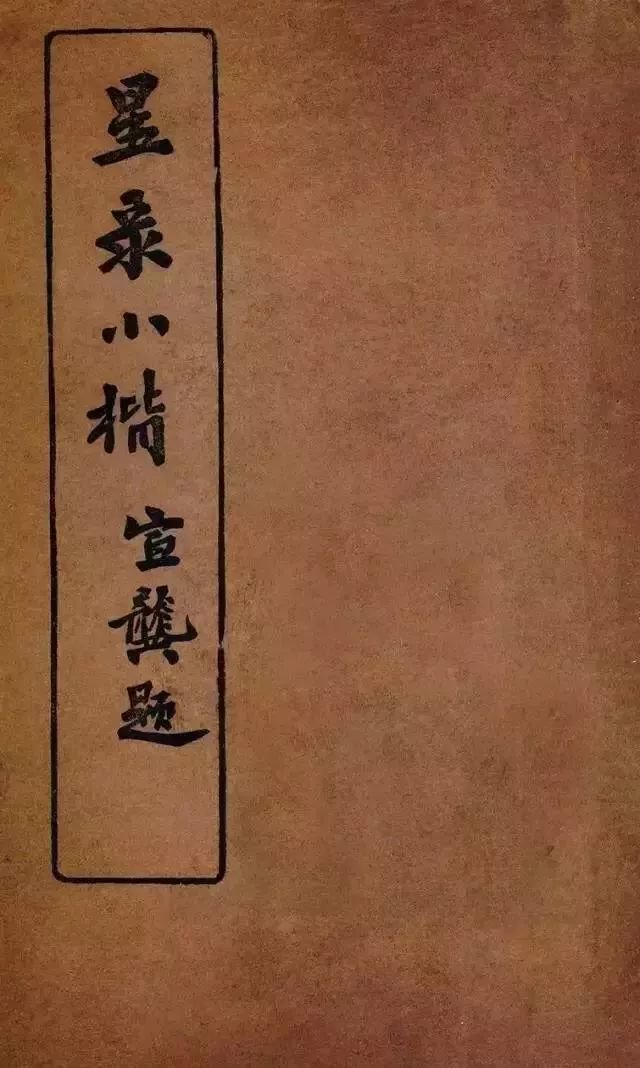
"Xinglu Xiaokai" is the collective memory of a generation, but this generation is now in their eighties or nineties.
The writer Li Guowen once wrote an article, saying that when he was a child, he practiced calligraphy. The big characters were "Duobao Pagoda" and the small characters were "Xinglu Xiaokai". At that time, the copybooks were far less abundant than they are now, and it was not possible to "take the best from the law", so this small regular script It nourishes a generation.
"Xinglu" is Tong Shigui, a native of Jiading, Shanghai. He was born in the Qing Dynasty. He worked at the Commercial Press in the Republic of China and died after liberation. Mr. Tong Lao had many disciples and had a great influence at that time, but in the history of calligraphy, it is difficult to find this person.
But his small regular script is really "beautiful". As a famous popularizer of calligraphy, he should be respected——
